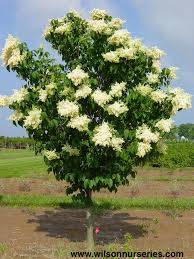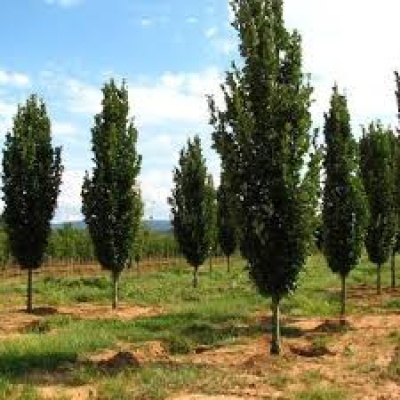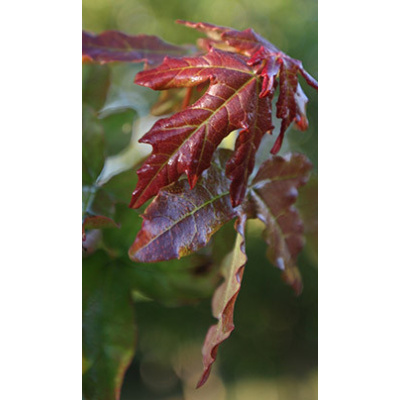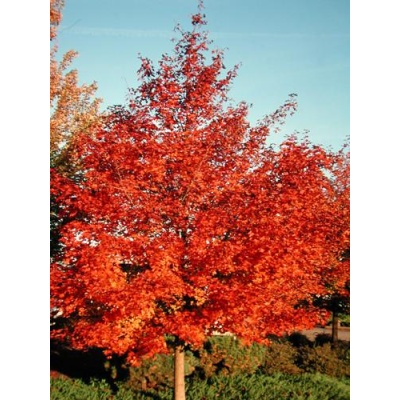Description
 Syringareticulata ‘Ivory Silk’
Syringareticulata ‘Ivory Silk’
Ivory Silk Japanese tree lilac
Ivory Silk’ is a small tree or large shrub which typically grows 20-25′ tall with a rounded crown. Creamy white, fragrant, single flowers are arranged in dense, terminal clusters (panicles to 12″ long). Blooms later than most other species of lilac (late May to early June in St. Louis). Elliptic to ovate, dark green leaves (to 5″ long). Attractive reddish-brown bark.
Effective as a specimen in the landscape. Tree forms are effective along streets, in lawns, near decks/patios or in foundations. Shrub forms are effective in borders or small groups. May be used as a screen along property lines.
Zone: 3 to 7
Height: 20.00 to 25.00 feet
Spread: 15.00 to 20.00 feet
Bloom Time: May to June
Bloom Description: Creamy white
Sun: Full sun to part shade
Water: Medium
Maintenance: Low
Suggested Use: Street Tree, Flowering Tree
Flower: Showy, Fragrant
Attracts: Hummingbirds, Butterflies
Other: Winter Interest
Tolerate: Deer, Clay Soil



Reviews
There are no reviews yet.